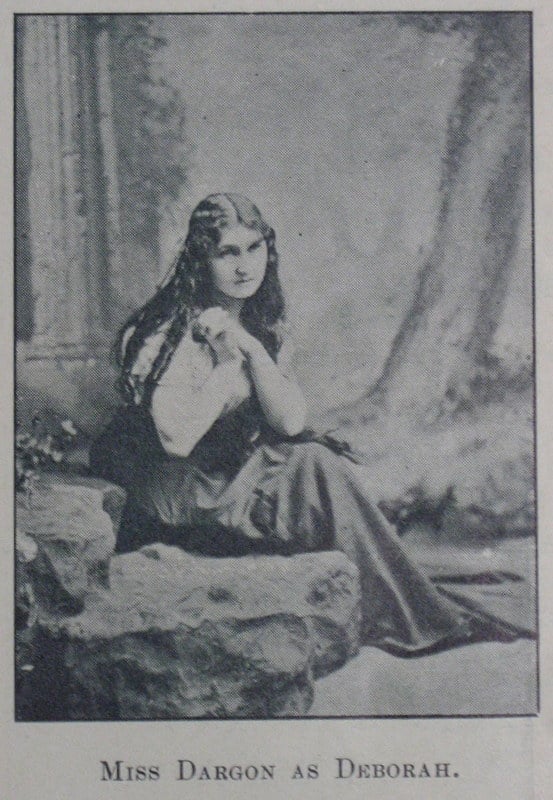In honour of St Patrick’s Day, Manuscripts Librarian Kevin Molloy examines a little known Irish-Australian treasure:
On 11 May 1745, at Fontenoy, northern France, a French army of 70,000 defeated the British and Hanoverian armies in the last decisive battle of the Austrian war of secession. At 2pm the French forces, heavily out-manoeuvred and outgunned by British Guards, made one final push. Six battalions of the Irish Brigade of the French army, numbering 5000 men and commanded by Lieutenant-General Charles O’Brien (Lord Clare), made a decisive assault on the British forces. With their reputed battle cry ‘Cuimhnigidh ar Liumneac’ (‘Remember Limerick’), the Irish over-ran the enemy positions, capturing 15 cannons and turning certain defeat into a resounding victory.
Suffering heavy losses, the fortunes of the Irish Brigade at Fontenoy were celebrated in Irish folk memory and song, finding their most popular nineteenth century re-telling in a poem written by Irish nationalist Thomas Davis. Davis, with John Dillon, John Mitchel and Charles Gavan Duffy, made the Irish newspaper The Nation an important vehicle of cultural expression in mid 1840s Ireland. It was in The Nation that Davis’ ‘Fontenoy‘ first appeared, on 3 February 1844, under his usual pseudonym ‘The Celt’. An immediate success, and often performed at St Patrick’s night events, the poem was taken up by a number of impresarios as a nationalist piece, none more so than by the Irish Shakespearean actress Augusta L Dargon.
Portrait of Augusta L Dargon, Cyclopedia of Victoria, volume 3, p.17
Described as a tragedian possessed of a rich resonant voice and near perfect elocution, Dargon emigrated to the United States in the 1860s, and narrowly survived the great fire of Chicago in 1871. After appearing at some of the largest theatres from San Francisco to New York, Dargon moved to Australia in the late 1870s, performing in Sydney, Melbourne, Adelaide and throughout New Zealand. Dargon’s post-performance encore always included a dramatic recitation of ‘Fontenoy, or the Irish Brigade’.
At a benefit concert at the Theatre Royal in Melbourne, organised by the local Irish community in December 1879, Dargon was presented with an elaborately illuminated address which graphically represented strong Irish-American connections, Australia, and symbols of Irish independence.
Illuminated address to Miss Augusta L Dargon, H89.226/2/2
The address was presented on behalf of a Benefit Committee that included SV Winter, owner and editor of Melbourne’s Herald newspaper, his brother Joseph Winter, owner and editor of the Melbourne Advocate, plus other notables from Melbourne Irish society. The text acknowledged Dargon’s international reputation and her ability to truly reflect the national character in its brightest and saddest moods. Further, the address expressed the community’s appreciation of and support for her art.
The presentation was followed by her dramatic recitation of ‘Fontenoy‘, which The Argus described as wringing ‘the audience to a pitch of great enthusiasm’, making them ‘eyewitnesses…of the incidents so graphically described by the poet and so vividly presented by the actress…The French squadrons melting away before the enemy…the Irish exiles rushing to the charge’. The events ‘were not merely related but acted by the gifted lady, with that intensity of dramatic power and that poetic insight into the mind of the author whose narrative she was interpreting, which stamp her as a woman of genius’.
You can view and download a high resolution copy of the Illuminated address to Miss Augusta L. Dargon from the Library’s catalogue.
Detail from Illuminated address to Miss Augusta L Dargon, H89.226/2/2
Written by Dr Kevin Molloy
Manuscripts Librarian, Australian Manuscripts Collection





Dear Dr. Molloy,
Thank you for writing such an admirable biographical posting on Augusta Dargon. As I have been researching the family name and recording as much as I can of those family members of note, I keep coming back to Augusta’s name. I believe she was awarded the “Irish Letter” for her performance in Sydney; though your article reveals it to be the illuminated address in Melbourne-could it be both? I believe she ran into money problems later in life, and may have been sued in court. May I have permission to use your material for a possible book? I cannot recompense you, but will give you credit for your contribution should I quote your work. Thank you for your time and consideration.
Very truly,
J. F. Dargon
Wareham MA USA
Dear Mr Dargon
Thank you for your comments. You are right in saying Augusta Dargon did give a benefit performance in Sydney. This took place in late October 1879, at the Theatre Royal, several months before the Melbourne benefit; Miss Dargon was presented with a one hundred-guinea diamond set, and a purse of sovereigns. The memorial address was delivered by Mr Daniel O’Connor, secretary of the Dargon Benefit Committee. The newspaper reports do not mention an illuminated address, only the gifting of the diamond set and sovereigns. Augusta Dargon gave a number of benefit concerts throughout 1879, including Adelaide. I understand she later married a Dr E. Piercy of Coonamble, in the town of Orange, in May 1880. Augusta died at Gundagai, New South Wales, on 25 December 1902, and was buried in the Waverley Cemetery in Sydney. If I come across any further information I will certainly pass it on to you.
Yours sincerely
Kevin Molloy